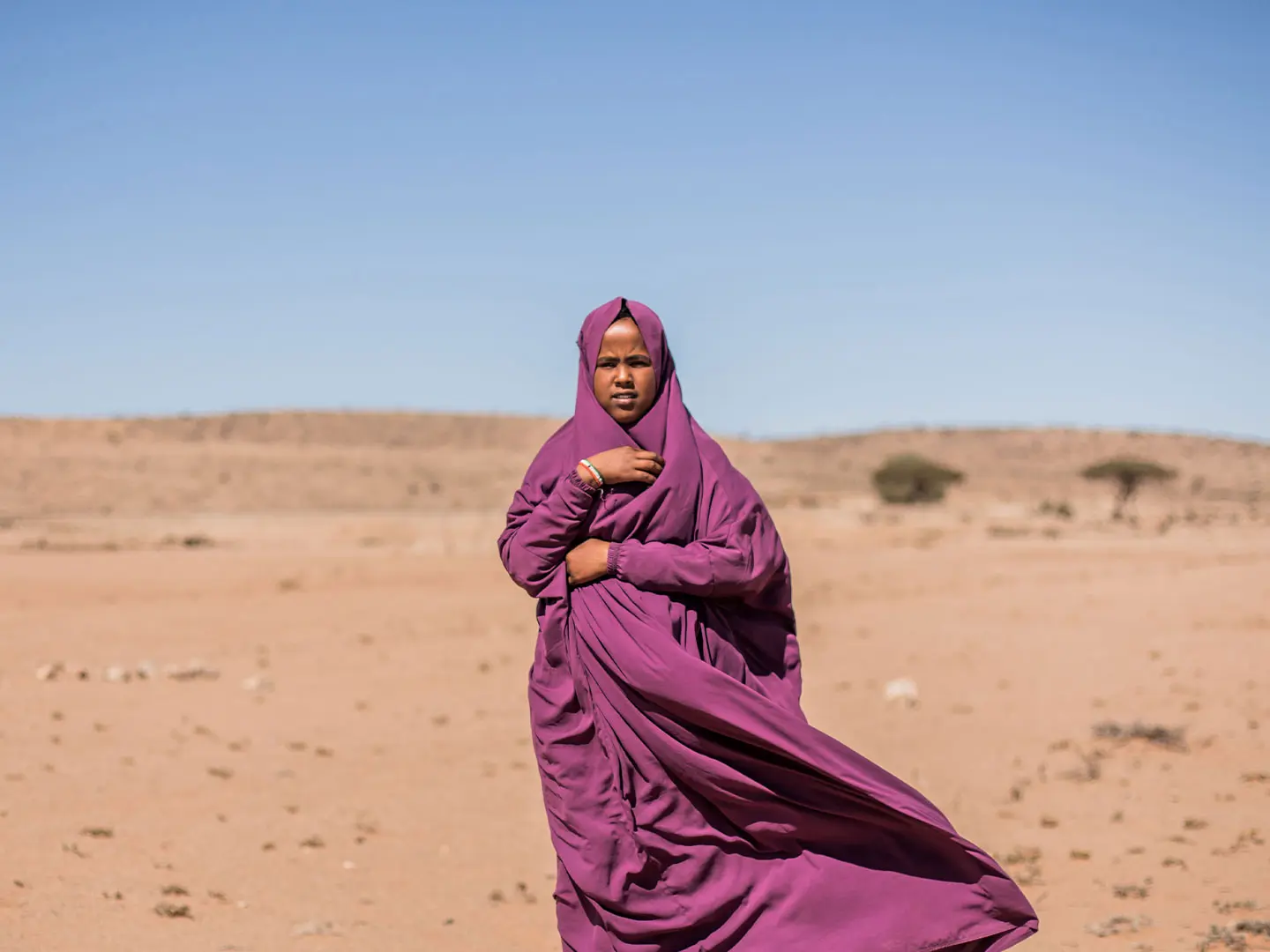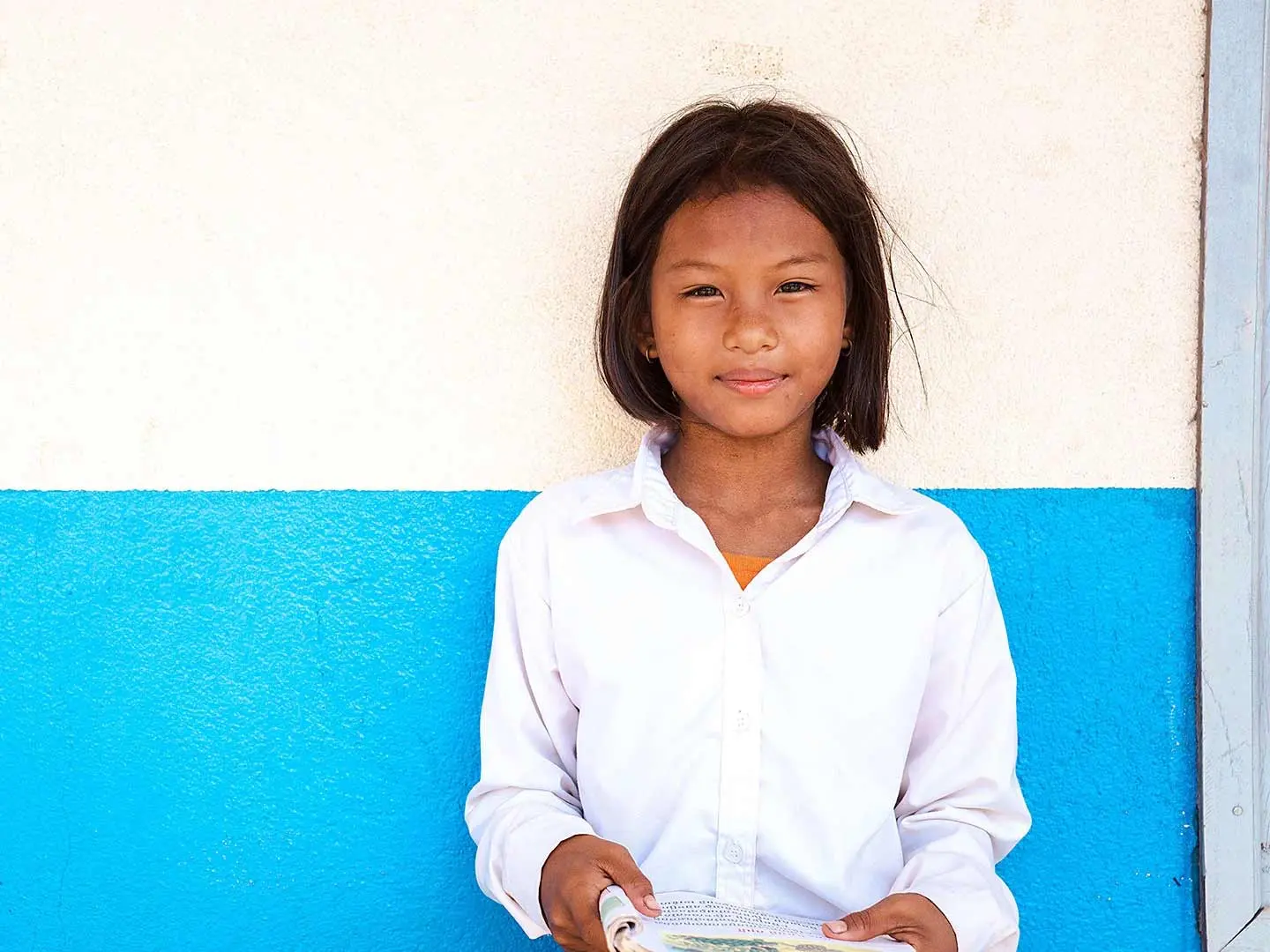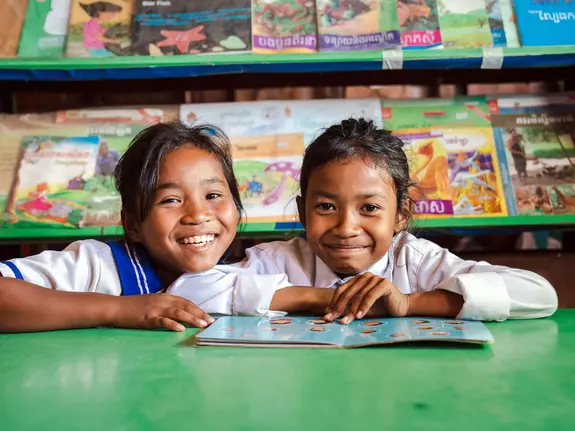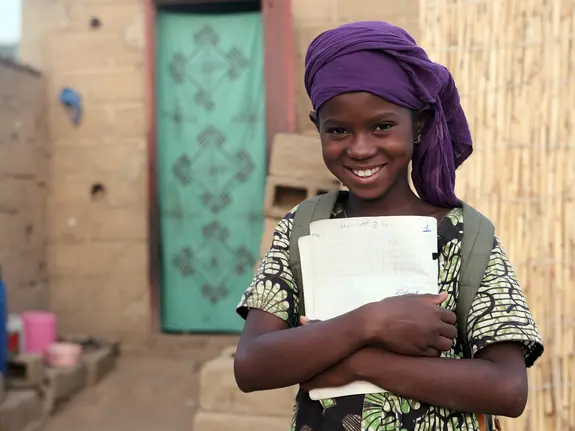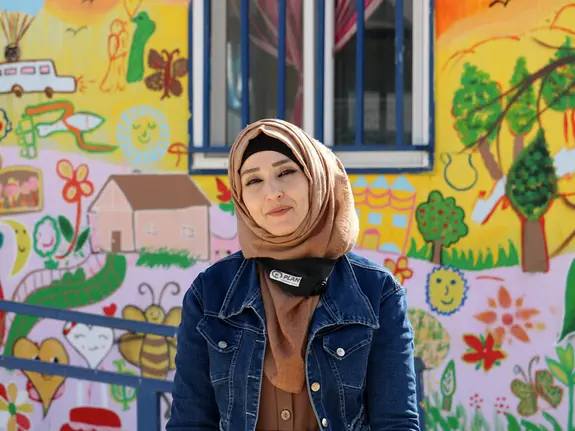About us
Learn more about us and how we’re powering change for children and protecting girls' rights.
Learn more about us and how we’re powering change for children and protecting girls' rights.

Poverty, violence and discrimination still hold back millions of children. And in this unequal world, it’s often girls that are most affected. Just for being girls. Denied the chance to go to school. To make decisions about their lives. To achieve their dreams.
It’s not fair, and it’s not right. Our mission is to change this.
We are Plan International UK, a global children’s charity striving for an equal world. One where every child can reach their full potential and every girl can choose her own future.
We won’t stop until we’re all equal. Will you join us?
Learn more about us
How we work
Working together with children and communities across more than 80 countries, we are building a different future. One where every child receives an education and has their voice heard. One where all girls are free from violence, in control of their own body and know their rights.
To get there, we deliver long-term development programmes and respond to emergencies. We campaign with young people on issues that matter to them and call on governments to do more to protect children’s rights.
That means working closely with children, young people and their families and communities. They are experts in their own lives. They help us understand the challenges to change. And they work with us to find ways to do so.
We also know that girls often face the greatest disadvantage because of their age and gender. That’s why ensuring girls get equal chances is central to all our work. We listen to and work with girls to learn how we can support them.
When we work together, a better future is possible.
Our strategy
We have a big ambition. To see all girls standing strong creating global change.
That means education for every girl, everywhere. It means a life free from violence. And it means girls in control of their bodies, their lives and their futures.
We want to create real change for girls. To shift power to those leading it. To support where we’re most needed. Our 2024 – 2027 strategy is all about creating these ripples of change and ensuring ensuring we remain agile, innovative and accountable. Read our full strategy to learn more.

Our commitment to all children
Plan International UK is committed to ensuring that all children and young people, whatever their identity or circumstances, can access their rights.
This includes the rights of trans children and young people. We are therefore committed to being trans inclusive in our work, and as an employer.
Our history
Plan International was founded in 1937 by British journalist and broadcaster John Langdon-Davies to support children orphaned during the Spanish Civil War.
He wanted to provide not only food, shelter and education to the children but also a sense that someone, somewhere, was thinking about them as an individual. This was the beginning of child sponsorship that is still at the core of our work.
Over the decades, we have extended our work to other parts of the world, from Asia and the Pacific to Africa and the Americas. But our focus remains the same – supporting every child to reach their full potential.
Girl leaders: Kadiatou’s story
"Reproductive health is a taboo subject. But girls have sexual and reproductive rights. They need to know about them and promote them," says Kadiatou.
Kadiatou is president of a girls' association in Niger raising awareness about sexual and reproductive health. The association set up health clubs and trained girls to lead discussions on the topic with support from Plan International.
"They [the girls] are very motivated. They've drawn up action plans," explains Kadiatou.
Kadiatou and the girls she inspires are driving change. We are proud to stand with them. Will you?
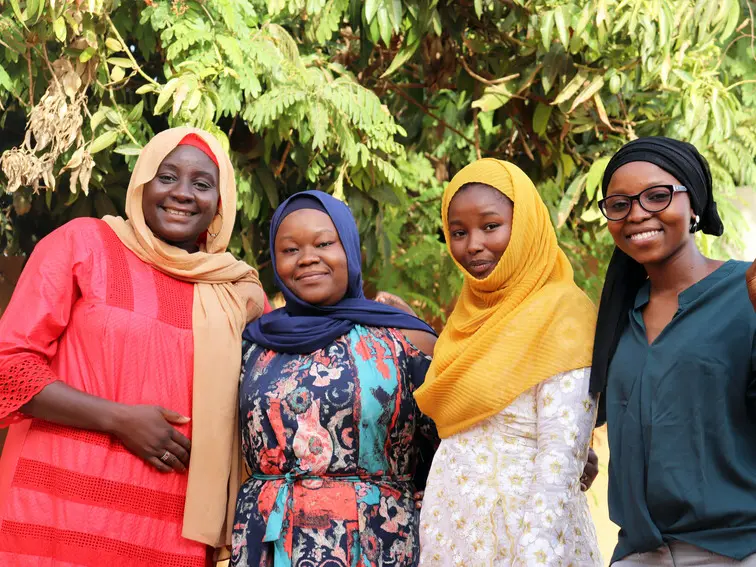

Get involved
